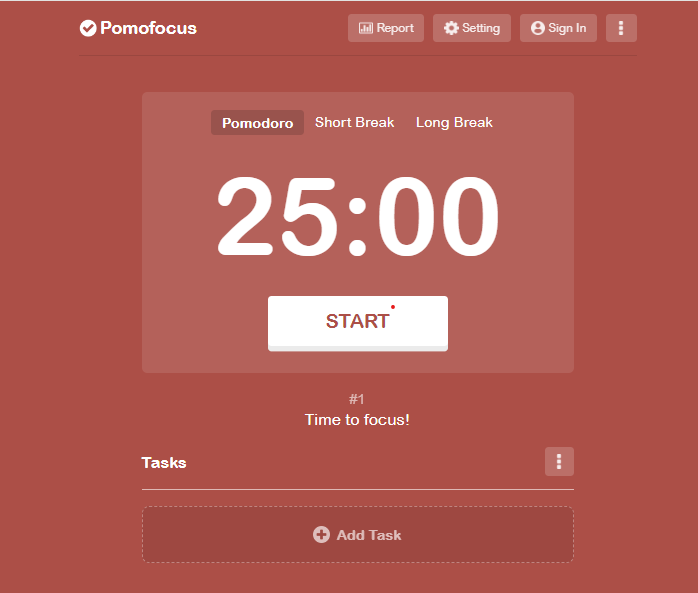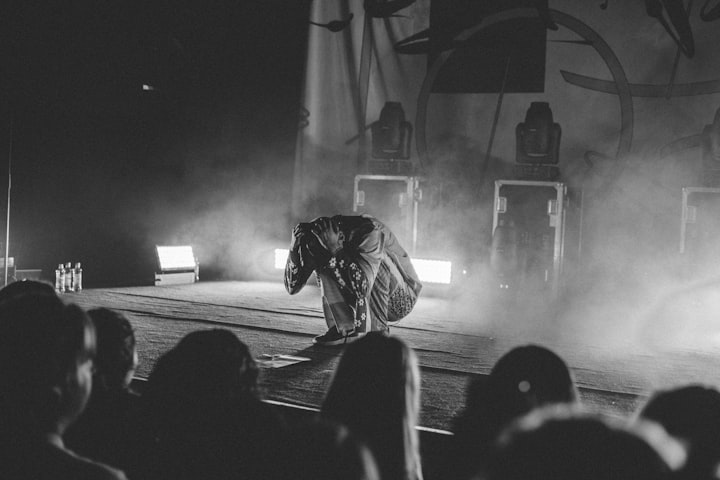Improve your piano practice with expert tips from a concert pianist. Learn how to make the most of your time at the piano and reach your full musical potential.
I still vividly recall the countless hours I spent practicing Liszt's Hungarian Rhapsody No. 2. The rapid runs, the intricate ornaments, the sheer technical demands – it was a daunting mountain to climb. Yet, through dedicated and strategic practice, I not only conquered the piece but also discovered a profound joy in the process of honing my craft.
The truth is, effective piano practice isn't merely about clocking in hours at the keyboard; it's about working smarter, not harder. It's a skill that can be cultivated and refined, leading to greater progress, deeper musical understanding, and a more fulfilling relationship with your instrument.
Whether you're a beginner struggling with scales or an advanced player tackling complex repertoire, the principles of effective practice remain the same. It's about setting clear goals, structuring your practice sessions strategically, utilizing focused techniques, and incorporating mindful breaks to avoid burnout.
In this article, I'll share the insights and strategies I've gleaned from years of experience as a concert pianist. By implementing these four key tips, you'll transform your practice sessions from mundane routines into engaging and productive experiences, unlocking your full musical potential and experiencing the joy of continuous growth.
4 Tips To Successful Sessions

1. Setting Clear Goals for Your Practice
The first step to successful piano practice is setting clear, defined goals. It's like embarking on a journey with a detailed map in hand – you know exactly where you're headed and how you'll get there. Without clear goals, practice can easily become aimless, leading to frustration and a lack of progress.
The Importance of Intention
Having a specific goal in mind for each practice session gives your practice purpose and direction. Are you working towards mastering a challenging arpeggio? Polishing a particular phrase of a Mozart sonata? Or perhaps memorizing a Bach prelude? Knowing your destination allows you to focus your efforts and track your progress, which is essential for staying motivated and engaged.
Different Types of Goals
Piano practice goals can be both short-term and long-term:
- Short-term goals: These are the smaller, more immediate targets you set for each practice session. They could include mastering a specific scale, perfecting a tricky chord progression, or memorizing a few measures of a piece.
- Long-term goals: These are the bigger picture aspirations that guide your overall practice journey. They might involve learning an entire piece, preparing for a recital, or developing a particular skill like sight-reading or improvisation.
SMART Goals: A Recipe for Success
To make your goals as effective as possible, consider using the SMART framework:
- Specific: Clearly define what you want to achieve. Instead of "practice scales," try "practice C major scale hands separately at 60 bpm."
- Measurable: Quantify your progress. Instead of "play the piece better," try "play the piece through without mistakes three times in a row."
- Achievable: Set realistic goals that you can actually accomplish within the given time frame.
- Relevant: Ensure your goals align with your overall musical aspirations and interests.
- Time-Bound: Set deadlines for your goals to create a sense of urgency and keep you on track.
Tracking Your Progress: A Motivational Boost
Keeping a practice journal or log can be a powerful tool for tracking your progress and celebrating your achievements. Write down your goals for each session, along with notes on what went well and what needs further attention. Seeing your improvement over time can be incredibly motivating and help you stay committed to your practice routine.
2. Structuring Your Practice Session
In the world of professional music, we often say, "Amateurs practice until they get it right; professionals practice until they can't get it wrong." This mantra highlights the importance of not just mindless repetition but deliberate, structured practice. Think of it like a well-crafted symphony, each section contributing to a harmonious whole.
Warm-Up: Preparing Your Musical Muscles
Just as an athlete wouldn't run a marathon without stretching first, a pianist shouldn't dive into complex repertoire without warming up their fingers and wrists. Begin your practice session with a few minutes of gentle exercises. Scales, arpeggios, and simple Hanon exercises can help improve finger dexterity, coordination, and blood flow to your hands. A good warm-up not only prepares your physical body but also helps to focus your mind and get you in the zone for practice.
Focused Practice: Divide and Conquer
Once you're warmed up, it's time to tackle the main event. But instead of trying to play through an entire piece from start to finish, break it down into smaller, more manageable sections. This could be a phrase, a line, or even a single measure. Focus on one section at a time, practicing slowly and deliberately until you can play it perfectly.
Practicing hands separately can be another effective strategy. Isolate the right-hand melody or the left-hand accompaniment and practice each part individually until you feel comfortable. Then, gradually bring the hands together, starting at a slow tempo and gradually increasing the speed as you gain confidence.
Incorporate a Metronome: Your Practice Buddy
A metronome is an invaluable tool for developing a sense of rhythm and timing. Start by setting the metronome to a slow tempo and gradually increase it as you master the passage. This will help you stay in tempo and avoid rushing or dragging.
Variety: The Spice of Practice
To prevent boredom and keep your practice sessions engaging, mix things up! Don't spend all your time practicing the same piece or the same type of exercise. Incorporate scales, arpeggios, sight-reading, and even improvisation into your routine. This variety will not only keep you mentally stimulated but also help you develop a wider range of skills.
Cool-Down: A Satisfying Finale
Just as you started with a warm-up, end your practice session with a cool-down. Play something you enjoy and can already play well. This will help solidify the progress you've made and leave you feeling positive and accomplished.
Remember, a well-structured practice session is like a well-balanced meal – it nourishes your musical soul and keeps you energized for the next practice adventure.
3. Utilizing Focused Practice Techniques
Practicing the piano isn't simply about putting in the hours; it's about maximizing the effectiveness of each minute you spend at the keyboard. Just as a sculptor chisels away excess marble to reveal a masterpiece, focused practice techniques help you refine your playing and uncover the music's full potential.
Slow Practice: The Tortoise and the Hare
The adage "slow and steady wins the race" holds particularly true for piano practice. While it may be tempting to rush through a piece at full speed, resist the urge. Slow, deliberate practice allows you to focus on accuracy, finger placement, and the nuances of articulation and phrasing.
By practicing slowly, you give your brain and muscles time to form strong connections and build muscle memory. This is crucial for developing fluency and confidence, as you'll be less likely to stumble or hesitate when you eventually increase the tempo.
Mental Practice: The Mind's Eye
Believe it or not, you can practice piano even when you're away from the keyboard. Mental practice involves visualizing yourself playing the piece, hearing the notes in your head, and feeling the movements of your fingers. This technique can significantly enhance your understanding of the music and improve your performance when you return to the instrument.
Mental practice can be especially helpful for memorizing complex passages or for working through challenging technical sections. By repeatedly visualizing yourself playing flawlessly, you're essentially creating a mental blueprint for success, which can translate into a more confident and polished performance.
Recording and Analyzing: Your Personal Critic
One of the most effective ways to assess your playing and identify areas for improvement is to record yourself during practice sessions. Listening back to the recordings with a critical ear can be a humbling experience, but it's also incredibly valuable. You'll notice mistakes you might not have been aware of while playing, and you can pinpoint specific passages that need more attention.
After analyzing your recording, you can then tailor your practice to address the specific areas that need improvement. This targeted approach is far more efficient than simply repeating the entire piece over and over again.
Seeking Feedback: Fresh Eyes and Ears
Don't be afraid to seek feedback from others. A qualified piano teacher can offer invaluable guidance and identify areas for improvement that you might have overlooked. Even playing for a friend or family member can provide valuable insights and a fresh perspective. Remember, the goal is not to seek praise but to gain constructive criticism that can help you grow as a musician.
By incorporating these focused practice techniques into your routine, you'll transform your practice sessions from passive repetitions into active, purposeful learning experiences. With dedication and perseverance, you'll unlock your full musical potential and experience the joy of continuous growth at the piano.
4. Incorporating Mindful Breaks

In the pursuit of musical mastery, it's easy to fall into the trap of over-practicing. We push ourselves, striving for perfection, often neglecting the essential need for rest and rejuvenation. But just as a marathon runner paces themselves to avoid exhaustion, a pianist must incorporate mindful breaks into their practice routine to maintain focus, prevent burnout, and ultimately enhance their learning and performance.
The Importance of Rest
Our brains and bodies are not machines; they require rest to function optimally. Continuous practice without breaks can lead to mental fatigue, physical strain, and diminishing returns. Taking regular breaks allows your mind to absorb the information you've been processing, your muscles to recover, and your creative energy to replenish.
Types of Breaks
Breaks don't have to be long or elaborate; even a few minutes away from the keyboard can make a world of difference. Here are a few ideas for restorative breaks:
- Physical movement: Get up and stretch, take a short walk, or do some light exercises to get your blood flowing and release tension in your muscles.
- Mental relaxation: Close your eyes and take a few deep breaths, meditate, or listen to some calming music to clear your mind and reduce stress.
- Creative diversion: Engage in a different creative activity, like drawing, writing, or listening to a podcast, to refresh your perspective and spark new ideas.
Setting a Timer: The Pomodoro Technique

One effective way to incorporate breaks into your practice routine is to use the Pomodoro Technique. This method involves setting a timer for 25 minutes of focused practice, followed by a 5-minute break. After four Pomodoro cycles, take a longer break of 15-20 minutes. This structured approach can help you maintain focus, prevent mental fatigue, and make the most of your practice time.
Remember, taking breaks is not a sign of weakness or laziness; it's an essential part of a healthy and productive practice routine. By allowing yourself time to rest and recharge, you'll return to the piano with renewed focus, energy, and enthusiasm, ultimately leading to greater progress and a deeper enjoyment of your musical journey.
To conclude
As I reflect on my journey as a concert pianist, I realize that consistent, focused practice has been the cornerstone of my musical growth. By setting clear goals, strategically structuring my practice sessions, using focused techniques, and incorporating mindful breaks, I've been able to overcome challenges, refine my playing, and deepen my love for the piano.
I encourage you to take these four tips and experiment with different approaches to find what works best for you. Remember that piano practice is not just a means to an end, but a journey of self-discovery, creativity, and joy. Embrace the process, celebrate your progress, and never stop exploring the limitless possibilities of your musical expression.
Whether you aspire to perform on the grandest stages or simply find solace and fulfillment in playing for yourself, effective practice is the key to unlocking your full potential. So go forth, practice with intention and enthusiasm, and let music guide you on a lifelong journey of learning and growth.




Comments ()